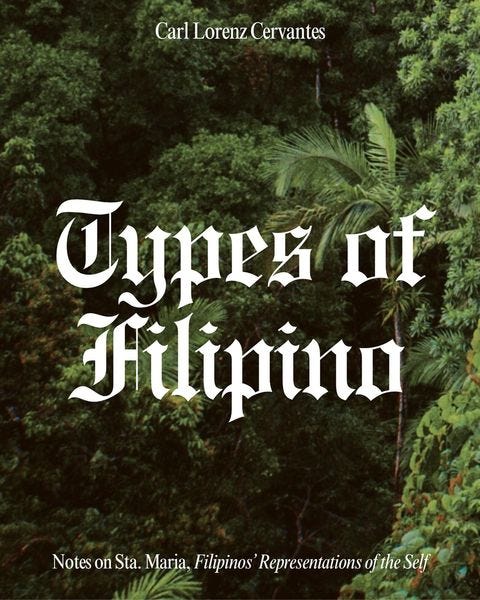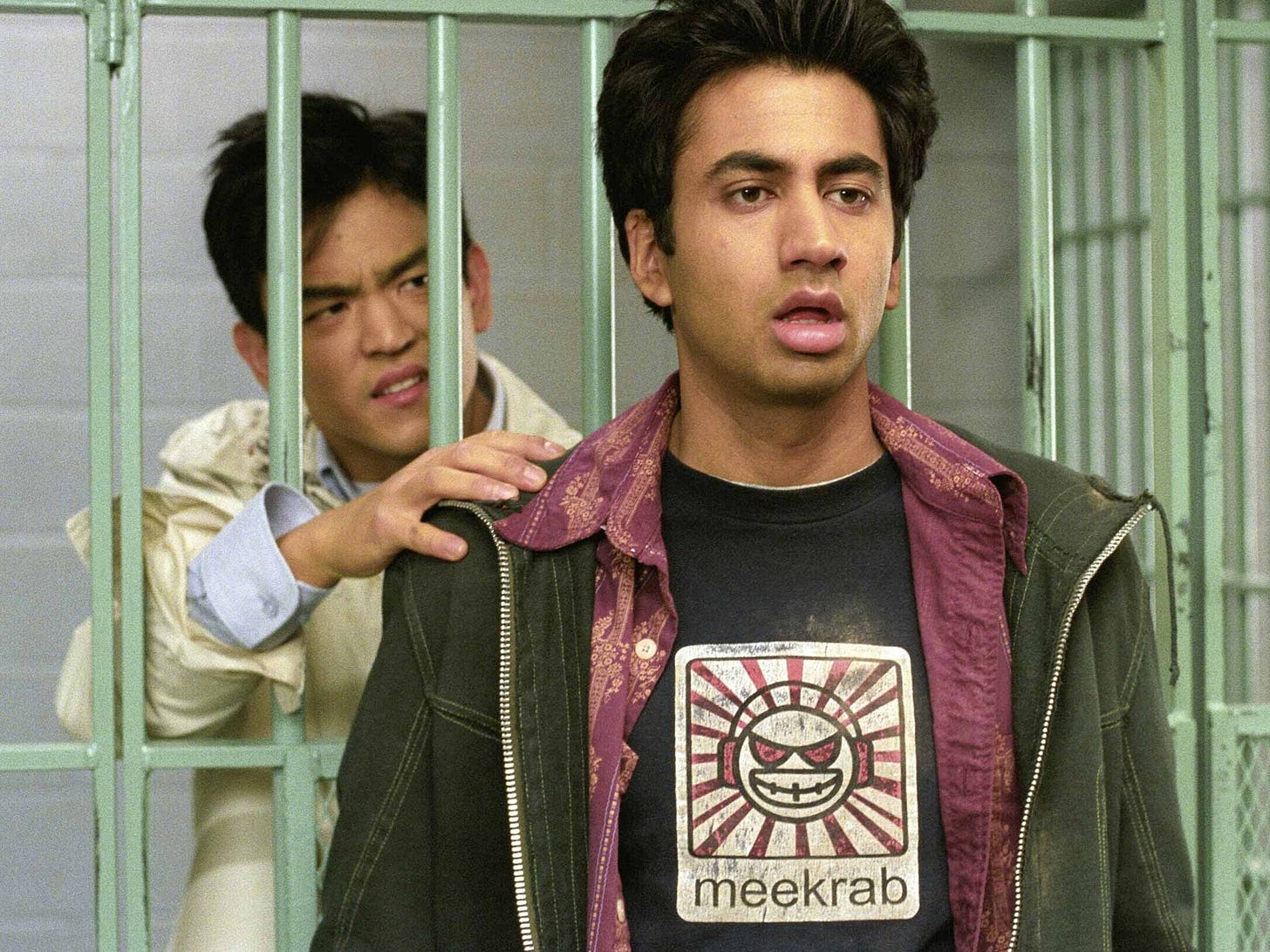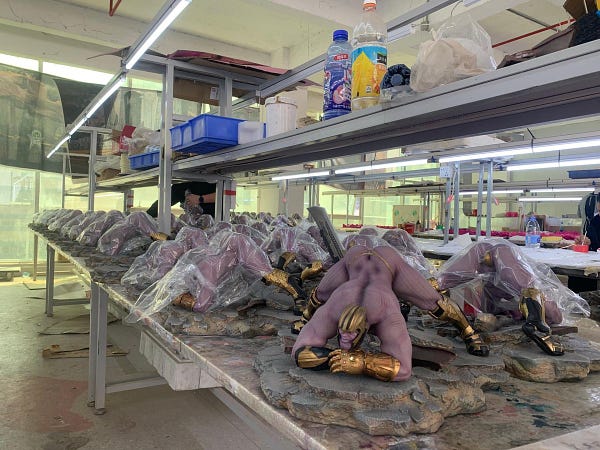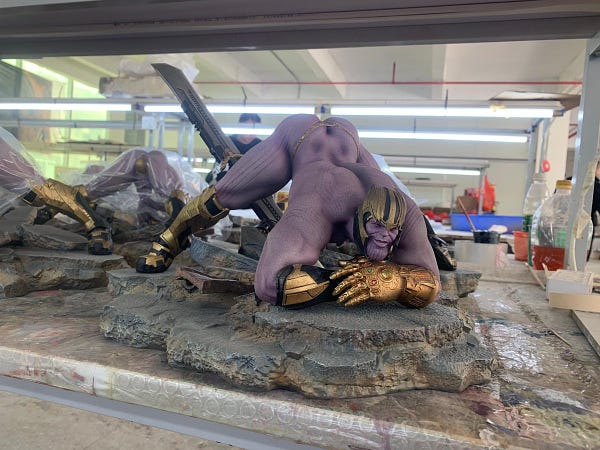Lately, I’ve been questioning my place in the Filipino diaspora. Growing up in mostly blue-collar, white-dominant communities in my childhood, I’ve always had difficulty keeping my redneck, low-brow attitude and genetic hardheadedness in check.
Turns out I’m just a Type 2 Filipino! Type 2 diabetes, you mean? No. Maybe. I don’t want to think about it. But, according to Madeline Sta. Maria’s 1999 paper “Filipino’s Representation for the Self,” there are three main categories that Filipinos identify themselves with:
Type 1 (magaan kasama, madaling kausap): The approachable and chill Filipino.
Type 2 (suplado, pranka): The moody and expressive Filipino.
Type 3 (dedikado, masipag): The driven, persistent (and not very chill) Filipino.
Now, I won’t add this to my Instagram bio, but a lot of this checks out.
…sensitive, moody, thinks a lot, has problems, has conflict with external world, is afraid of criticism, can express dislike for others through words or actions, quiet, does not talk too much, does not joke a lot, is not easy to get along with, says the truth, hot-tempered, gives in to artifice to hide one's feelings.
Here’s a helpful visual graphic by Carl Lorenz Cervantes (@sikodiwa).
Of course, this all falls into a spectrum and is liable to change (just like aromanticism), but this “Type 2” attitude has been my modus operandi for a large part of my life. So while I unpack this and let this gestate, I will continue to give the world a big middle finger.
Some reads…
What do you know? Ai Weiwei and Avante Art have made it possible to give a big ol’ “fuck you” to literally anywhere on Google Maps
“We often forget that we have a middle finger. Or even if we know we have a middle finger, we misuse it. I think it's good to remember that this part of your body can point to something—an institution, or someone that resembles a power —to let them know, and let yourself know, that you exist.”

Black and Filipino Solidarity have a rich history—and most of us don’t know about it
They don’t teach this in schools. Author and activist Rohan Zhou-Lee discusses their experience as a Black Filipino and their exclusion from AAPI and #STOPASIANHATE discourse on Reappropriate.
Before Everything Everywhere All at Once and Shang-Chi, there was Harold & Kumar
When I think about Asian-American representation in movies—I think of this iconic duo. I’ll take rambunctious stoner Asian boys over world-ending kung-fu threats any day of the week.
Does Thanos wash his ass? I’m betting 50/50 on it.
Trust. If I could have a clean butt with a snap of a finger, you know I’d rock those gloves. If you haven’t already, check out the first piece of the #ASSETIQUETTE series.












